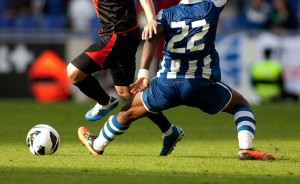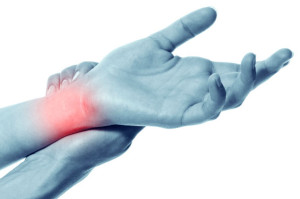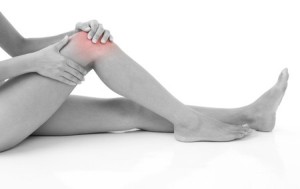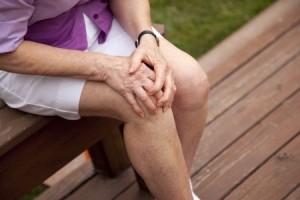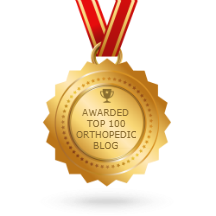We use our hands for nearly everything we do every day, from basic tasks like hygiene and cooking, to completing our jobs, to leisure activities like sports or crafting. Hand and wrist injuries can be painful and limiting, so it is important to get treatment if you have pain or trouble using your hand or wrist. Below, we will take a look at some basics about the treatment of these injuries, as well as where you can find the best doctor for hand and wrist injuries in Southern California.
Non-Surgical Treatment for Hand and Wrist Injuries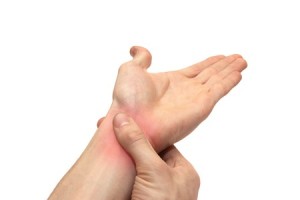
Most of the time, hand and wrist injuries can be treated without the use of surgery. Depending on the nature of the injury, this may include treatments such as:
- Activity modification – Your doctor may recommend strategies to reduce the amount of pain you feel when doing every day activities. For example, ergonomic keyboards can help typists who experience carpal tunnel pain.
- Physical therapy – Physical therapy can help restore function to your hand and wrist, while also promoting flexibility. The exercises you learn in physical therapy should be used daily at home for best results.
- Medication – Non-steroidal anti-inflammatory medications (NSAIDs) like Aleve and Advil can relieve pain associated with hand or wrist inflammation. If you have a specific condition such as rheumatoid arthritis, your doctor may recommend a treatment geared to that condition.
- Ice or heat application – You may apply ice or heat to help relieve pain and stiffness in your hand. Ice is typically better for acute inflammation after an injury, while heat is used later on. Both should be applied for periods of no more than 20 minutes at a time.
- Splinting – Your doctor may recommend that you wear a splint or other support device to keep your wrist comfortable, especially if you have carpal tunnel syndrome, tendonitis, or another stress injury.
- Casting – If you have a closed, simple fracture, your doctor may cast your wrist without the need for surgery. A cast keeps your joint immobile, which allows the bone to heal properly.
Surgical Treatment
Although non-surgical treatment for hand and wrist injuries is frequently possible and appropriate, in some cases these injuries do require surgical treatment. It is most common for hand and wrist injuries to require surgical treatment in cases where the damage was severe, as in traumatic fractures, and in cases where the injury has not responded to non-surgical treatment.
In cases where surgery is necessary, minimally invasive surgery can often be used. Your doctor can help determine whether or not you need surgical treatment.
Top Doctor for Hand and Wrist Injuries
Dr. Howard Marans, head of OC Orthopedic, is the top Southern California doctor for hand and wrist injuries. Dr. Marans has decades of experience treating patients with orthopedic problems. He treats patients of all backgrounds, and has extensive experience treating elite athletes. Dr. Marans’ patients appreciate his use of the newest, most minimally invasive procedures, as well as his clear communication throughout the treatment process.
Dr. Howard Marans would be happy to meet with you about treatment for your hand or wrist injury. To schedule your consultation today, please click below and enter your information or call OC Orthopedic at (714) 979-8981.


